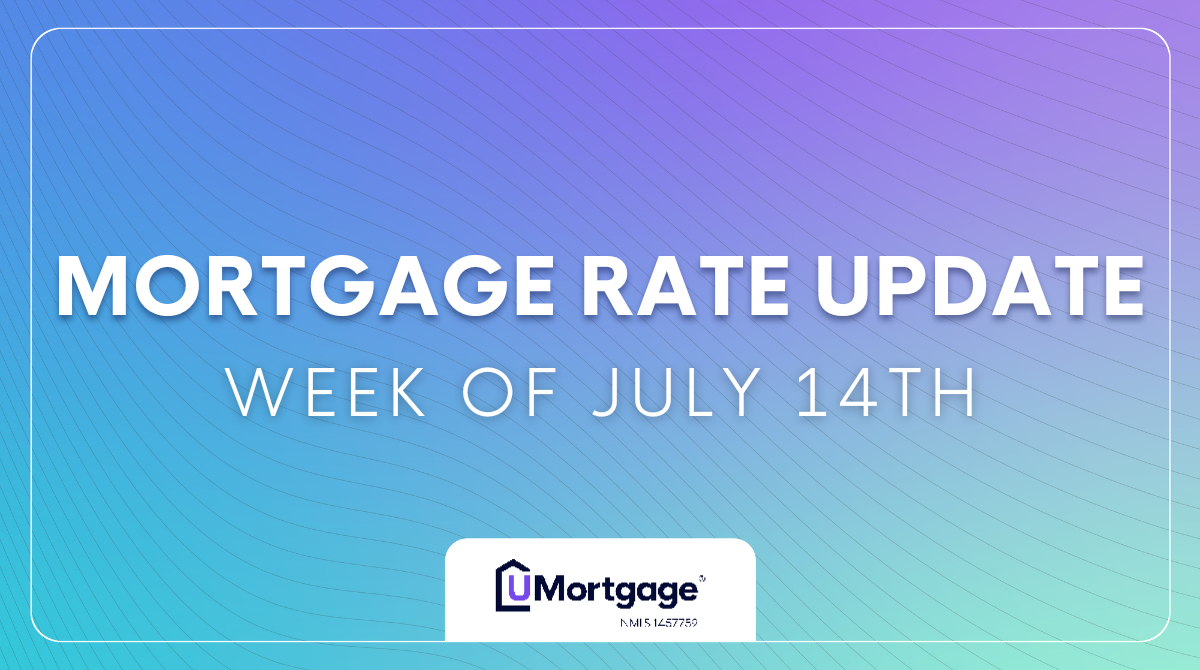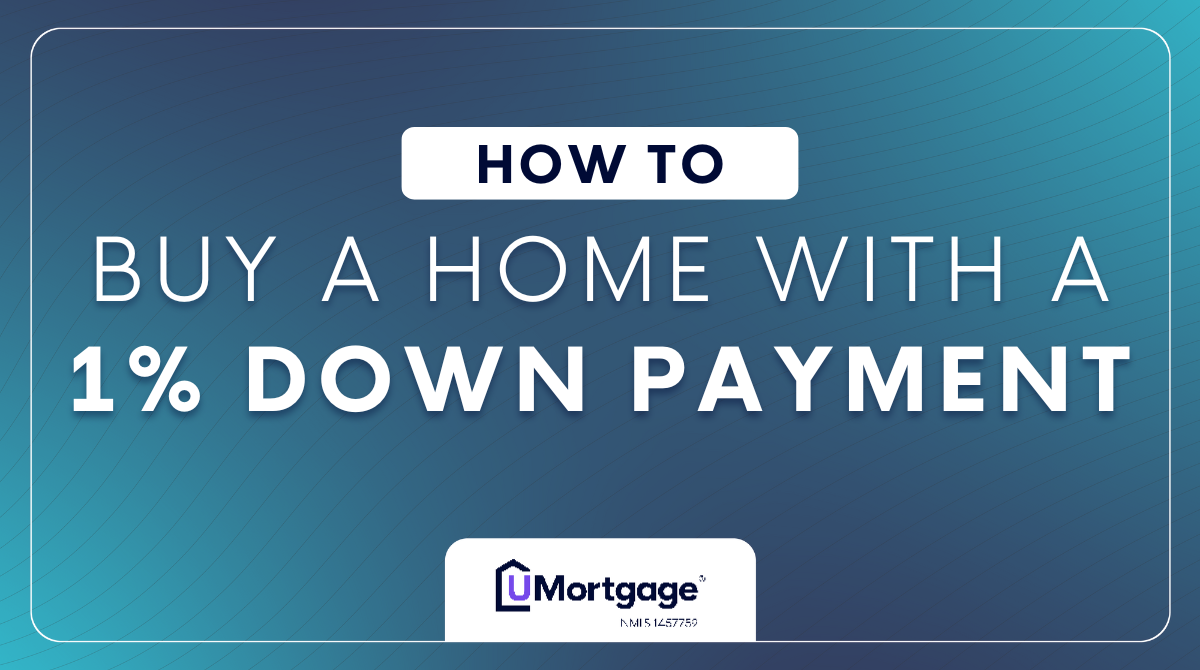

Mike Tanas
Meet Mike!
Mike Tanas serves as your dedicated mortgage lending partner, guiding you through the intricate journey of homeownership attainment. With a steadfast commitment to assisting families, Mike Tanas specializes in simplifying the complex mortgage process, enabling clients to secure optimal financing solutions for purchasing or refinancing their homes. Drawing upon extensive experience and a vast network of mortgage lenders, Mike Tanas meticulously navigates diverse lending avenues to ensure clients receive unparalleled service. Catering to a broad spectrum of clientele, ranging from first-time homebuyers to seasoned investors, Mike Tanas delivers tailored solutions tailored to individual needs. Beyond traditional mortgage offerings, Mike Tanas provides access to specialized programs designed to facilitate debt consolidation through refinancing or equity loans, further enhancing financial flexibility for families. Trust Mike Tanas to empower your homeownership aspirations with expertise, personalized service, and a comprehensive suite of mortgage solutions.
Serving Homebuyers In:
- Alabama
- Arizona
- Arkansas
- California
- Florida
- Missouri
Mortgage Calculators
Monthly Payment
Find your monthly payment
What does a monthly mortgage payment look like for you? Get an estimate with some basic information.
Estimated Monthly Payment
The UMortgage mortgage calculators are for estimation purposes only. This is not a commitment to lend. For an exact quote based on your individual financial circumstances, please contact me.
Affordability
What is your budget?
Curious about how much you can afford to spend on a home? Use our calculator to get an estimate on your maximum budget.
Maximum Home Price
Maximum Monthly Payment
The UMortgage mortgage calculators are for estimation purposes only. This is not a commitment to lend. For an exact quote based on your individual financial circumstances, please contact me.
Refinance
Should you Refinance?
Refinancing might save money on your monthly mortgage payments, putting cash in your pocket. With some basic information from you, we can help decide if this is a good path for you.
Monthly Savings
Total Savings
The UMortgage mortgage calculators are for estimation purposes only. This is not a commitment to lend. For an exact quote based on your individual financial circumstances, please contact me.
VA Entitlement & Payments
Discover Your Buying Power With Our VA Home Loan Calculator!
If you are a veteran, an active-duty member of the military, or the spouse of a current or former military member, you are eligible to purchase a home with your VA home loan benefit! By using the calculator below, you can get a glimpse into your buying power and the estimated monthly payment of your VA loan as you start planning your homebuying journey.
Estimated Monthly Payment
Required Down Payment
Limit
$0
Entitlement Used
$0
Available Entitlement
$0
No Limit
How is my monthly payment calculated?
The UMortgage mortgage calculators are for estimation purposes only. This is not a commitment to lend. For an exact quote based on your individual financial circumstances, please contact me.
Your Mortgage Questions, Answered!

Housing Market Update | Week of July 14th
Mortgage rates didn’t budge last week despite some big headlines that impacted other areas of the market, including stocks and bonds. Tariffs were back in the spotlight after President Trump announced sweeping tariffs that would go into effect on August 1st if trade deals were not reached. This caused a bit of a bond market rollercoaster, but fortunately, it didn’t impact rates much, thanks to improved mortgage spreads. The week ahead will bring two of our big monthly inflation reports: the Consumer Price Index and Producer Price Index. The impact of tariffs on inflation appeared minimal in the May report released last month. As companies sell through pre-existing and non-tariffed inventory, we could see inflation start to tick back up. If we don’t, it could help the Fed consider a rate cut this summer. Last Week's Mortgage Rate Recap Rates Were Steady Last week was relatively quiet in terms of new economic data. However, headlines about tariffs and Fed members calling for a rate cut caused the 10-year to rise, drop, then rise again heading into the weekend. Tariffs are back on the table after President Trump threatened 30% tariffs against imports from the EU, Mexico, and Canada starting on August 1st if a trade agreement isn’t reached. We’ve yet to see the true impact that tariffs could have on inflation since the first round of increased tariffs went into effect on April 1st. However, sentiment within the Federal Reserve suggests that we’ll start to see the impact in reports covering June (which will be released this week) and for the remainder of the year if deals aren’t struck. This Week's Mortgage Rate Forecast Rates Could Be Volatile The Federal Reserve will host its July meeting in two weeks, and this week’s inflation data could make or break any chances of a rate cut. Fed Governor Christopher Waller went on the record last week in support of a rate cut, stating that the Fed is currently too restrictive. To support his argument for a rate cut, we need to see our CPI and PPI inflation reports come in lower than expected. Currently, economists predict a 0.3% rise in the core CPI and a 0.2% rise in the core PPI. This expected increase would likely be attributed to tariffs causing price increases, especially as companies sell through existing stock and refill their shelves with tariffed stock. We will also hear from several Fed members between Tuesday and Thursday. With President Trump increasing verbal attacks against Fed Chairman Jerome Powell, we’ll want to monitor the sentiment of other Fed members. And finally, Thursday’s weekly jobless claims report will be one to monitor as government layoffs ramped up last week; the U.S. State Department fired more than 1,300 employees on Friday, and the Supreme Court gave the Trump administration the green light to lay off tens of thousands of employees. There's a lot in motion that could send rates in either direction this week. If you have any questions throughout the week regarding rates or specific products for any of your buyers, make sure to make sure to stay in touch with your UMortgage Loan Originator for timely updates and expert insight!

Your Guide to UMortgage's 1% Down Payment Program
In this guide, we’ll share how you can qualify for our 1% down payment program, the benefits homebuyers get with only 1% down, and how this exclusive option is making homeownership more accessible for everyday buyers. How Our 1% Down Payment Program Works With our Homeownership for All program, eligible buyers can purchase a home with just 1% down—and we’ll cover the rest, up to 2% or $7,000 in assistance. With our 1% Down Program, you’ll get: Up to $7,000 in down payment assistance A low-cost conventional loan with cancellable private mortgage insurance (PMI) once you reach 20% equity Financial flexibility with the option to use gift funds or a local first-time homebuyer grant program to cover your 1% down payment No additional second lien or repayment terms on the 2% or $7,000 down payment contribution See the full guide below to learn how our 1% down payment program works and helps you decide if it's the right path to homeownership for you. Why Consider 1% Down Here’s why eligible buyers choose our 1% down payment program: Lower Upfront Cost The biggest obstacle for many buyers is saving for a down payment. This program removes that barrier and lets you get in the door sooner. More Affordable Than an FHA Loan Unlike FHA loans, this program gives you access to a conventional loan with PMI that can be removed once you hit 20% equity. Room in Your Budget for Move-In Costs Save money for furniture, moving expenses, appliances, or even a rainy-day fund. Gift Funds Flexibility Friends or family can gift the entire 1% down and help you cover closing costs. No minimum borrower contribution required. How to Qualify for 1% Down Payment Program Income: Income at or below 80% of Area Medium Income (AMI) Credit Score: 620 FICO Down Payment: 1% (or remaining amount if 2% down payment assistance exceeds the $7,000 maximum) Debt-to-Income (DTI): Less than 50%, exact amount varies by borrower. Property Types Allowed: Primary home. Q: Can I buy a home with no money out of pocket? A: In some cases, yes! If you combine this program with local or state grant programs or receive gift funds, you may be able to buy with little to no money due at closing. Use our affordability calculator to get a snapshot of your homebuying budget Compare 1% Down vs. Conventional vs. FHA Loans Q: Which loan is best for low down payment buyers? A: If you have a 620+ credit score and qualify based on income, the 1% Down Program gives you the best of both worlds: low upfront costs and a conventional loan with cancelable PMI. How to Apply for the 1% Down Program Step 1: Pre-Qualification (60 Seconds) Answer a few quick questions online or with a UMortgage Loan Originator. Step 2: Get Custom Loan Options We’ll check your eligibility, show you rates, and explain how much assistance you qualify for. Step 3: Lock Your Rate Once you're happy with your rate, you can lock it in and start gathering documents for underwriting. Step 4: Close with Confidence We'll guide you every step of the way and help you close on your new home quickly and clearly. Frequently Asked Questions Q: How does the 1% down program work? A: You put down 1% of the purchase price, and UMortgage provides 2% of the down payment (up to $7,000). That gives you 3% equity, which is enough to qualify for a low-cost conventional loan. Q: Do I need to be a first-time homebuyer to qualify for 1% down? A: No. You don’t need to be a first-time buyer, you just need to meet the income and credit qualifications. Q: Is this available in my state? A: Yes! This is a nationwide program. Your UMortgage loan expert can help you confirm your eligibility based on your location and income. Q: Can I combine this with other assistance programs? A: Yes! If you qualify, you can stack this program with local or state first-time homebuyer grants to reduce your total upfront costs. The 1% down payment program can also be combined with our Temporary Rate Buydown product, giving you the option to secure a lower interest rate for the first few years of your loan. Talk to your UMortgage Loan Originator to see exactly what you qualify for. Q: Can I use gift funds for my portion? A: Yes. Your entire 1% down payment and closing costs can be covered by gift funds. Ready to learn more? Fill out this form to connect with a UMortgage Loan Originator in your area. *For informational purposes only. This program is available only for income-qualified borrowers and subject to eligibility under HomeReady® and Home Possible® guidelines. A minimum FICO score of 620 is required. UWM provides lender-paid assistance of 2% of the home’s purchase price (up to $7,000) toward the down payment; the borrower must contribute 1% of the purchase price. Total down payment must meet a minimum 3% requirement with a maximum 97% LTV. Available only for 30-year fixed-rate, primary residence purchases originated through the broker channel. Program is not available for condos, PUDs, or TRAC-eligible properties. Homeownership education is required for first-time homebuyers. Incentives such as the $2,500 pricing benefit for borrowers at or below 50% AMI are subject to specific criteria and may be removed upon any change of circumstance. Down payment assistance programs are subject to eligibility requirements and availability. Not all borrowers will qualify. This is not a commitment to lend. Terms and conditions apply. UMortgage LLC | NMLS ID 1457759 | Equal Housing Lender. For licensing information, visit www.nmlsconsumeraccess.org.*

What Are Seller Concessions? A Simple Guide for Homebuyers and Sellers
What Are Seller Concessions? A Simple Guide for Homebuyers and Sellers Buying a home comes with a lot of upfront costs. Between the down payment, closing costs, prepaid taxes, and insurance, the amount you owe at closing can add up fast. That’s where seller concessions can come in. Whether you're a homebuyer looking for a little financial relief or a seller trying to attract more offers, this guide will walk you through what seller concessions are, how they work, and how they benefit both sides of the transaction. What Are Seller Concessions? Seller concessions are when the home seller agrees to pay certain costs on behalf of the buyer as part of the purchase agreement. Seller concessions most often cover things like title fees, taxes, insurance, and other expenses that come due at closing. Instead of reducing the sale price of the home, a seller might agree to pay some of the buyer’s costs to help make the purchase more affordable. It’s a way to get creative with negotiations, especially in a market where buyers may be struggling with high interest rates or limited cash. How Do Seller Concessions Work? Here’s an example: Let’s say you're buying a $300,000 home and ask the seller to contribute 3% of the purchase price ($9,000) toward your closing costs. If the seller agrees, that $9,000 can go toward things like your appraisal fee, loan origination fee, or even buying down your interest rate. The key thing to remember is that seller concessions must be negotiated upfront and written into the purchase contract. Your mortgage also needs to allow them, and each loan type sets limits on how much a seller can contribute. We’ll touch on that shortly. What Can Seller Concessions Cover? Seller concessions can be used to cover many of the upfront costs involved in purchasing a home, including appraisal fees, title insurance, loan origination fees, property taxes, and homeowners’ insurance. Seller concessions cannot be used for your down payment or to help a borrower qualify for the loan; they’re only allowed to cover closing costs and prepaid expenses. Seller Concession Limits by Loan Type Each loan program has its own rules about how much a seller can contribute. Here's a quick breakdown: Conventional Loans: Less than 10% down: The seller can contribute up to 3% of the home’s price. 10% to 25% down: Up to 6% in concessions allowed. More than 25% down: Up to 9% in concessions. Investment properties: Only 2% allowed, regardless of down payment. FHA Loans: Flat 6% seller concession limit regardless of the down payment amount. VA Loans: The seller can contribute up to 4% in concessions, in addition to paying for standard closing costs as permitted by the VA. This 4% can be used to pay off a buyer’s debt, cover prepaid expenses, or even fund a temporary buydown. USDA Loans The seller can contribute up to 6% of the home’s purchase price toward the buyer’s closing costs and prepaid expenses. Why You Should Negotiate Seller Concessions as a Homebuyer or Seller Seller concessions have plenty of benefits for both homebuyers and sellers. Here’s why you should consider them depending on your side of the transaction. How Seller Concessions Benefit Homebuyers Lower Out-of-Pocket Costs: Concessions reduce the cash you need to bring to the table at closing. Easier Loan Approval: By lowering your upfront costs, you may have more flexibility in choosing your loan program or interest rate. Buydown Opportunities: You can use concessions to buy down your interest rate, which can lower your monthly payment for the life of the loan. How Seller Concessions Benefit Sellers Attract More Buyers: In a market with less demand, offering concessions can help your home stand out and attract more buyers. Faster Closings: Buyers who receive concessions may be more motivated and financially ready to close on time. Higher Sale Price: In some cases, sellers can offer concessions instead of reducing the list price. Seller concessions are a powerful tool that can make homeownership more accessible for buyers and help sellers move their homes more quickly. Whether you're buying or selling, working with a local mortgage expert can help you understand exactly how seller concessions fit into your overall game plan. Ready to talk through your options? Follow this link to get connected with a UMortgage Loan Originator near you.
Serving Homebuyers In:
- Alabama
- Arizona
- Arkansas
- California
- Florida
- Missouri
